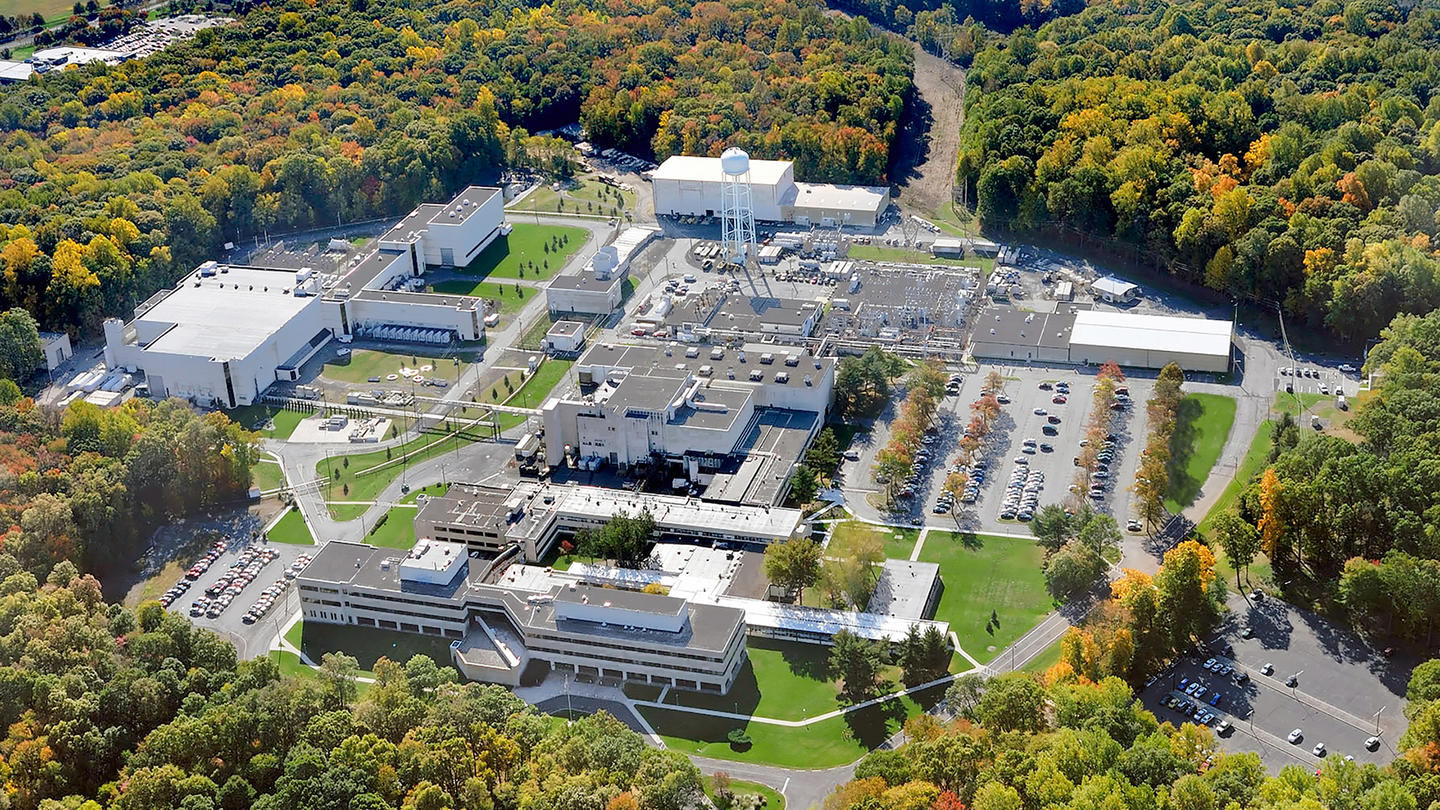Concept art of the planned X-energy helium test facility. (Image: DOE OCED)
The Department of Energy’s Office of Clean Energy Demonstrations issued a final environmental assessment (EA) and finding of no significant impact in February for a cost-shared X-energy project to construct and operate a helium test facility (HTF) in Oak Ridge, Tenn. According to the EA, construction would begin in early 2024 and take X-energy and its contracted partner, Kinectrics, about one year to complete. the facility would then operate for six years, with the possibility of extensions for up to an additional 20 years, to test equipment for a demonstration of X-energy’s high-temperature, gas-cooled reactor technology and also to “serve the reactor community at large as the technology continues to develop and is adopted around the world.”
In this 2013 photo, workers test switches and gauges in Diablo Canyon’s Unit 2 control room and review the results while the reactor is shut down for refueling and routine maintenance. (Photo: PG&E)
Three climate groups filed a motion for the immediate closure of Diablo Canyon nuclear power plant in California, saying the nuclear plant poses an “unacceptable safety risk.”
Nuclear Regulatory Commission staff pictured at Vistra's Comanche Peak plant in 2021. (Photo: NRC)
Vistra this week completed its acquisition of Energy Harbor Corp., a move the company announced almost exactly a year ago with a $3.43 billion price tag.
Susquehanna nuclear plant in Salem Township, Penn., along with the data center in foreground. (Photo: Talen Energy)
Talen Energy announced its sale of a 960-megawatt data center campus to cloud service provider Amazon Web Services (AWS), a subsidiary of Amazon, for $650 million.
Vladimir Putin (left), Rafael Mariano Grossi (right), with Alexey Likhachev (Image: Kremlin.ru)
International Atomic Energy Agency director general Rafael Mariano Grossi visited Russia this week to discuss the “future operational status” of Ukraine’s Zaporizhzhia nuclear power plant with Russian president Vladimir Putin.
An IAEA task force visited Fukushima in October 2023 to review the safety of TEPCO’s discharge of ALPS-treated water. (Photo: TEPCO)
International Atomic Energy Agency experts have confirmed that the tritium concentration in the fourth batch of treated water released from Japan’s Fukushima Daiichi nuclear power plant is far below the country’s operational limit.
Unit 4 at the Barakah nuclear power plant. (Photo: Nawah)
The Emirates Nuclear Energy Corporation announced last week start-up at its fourth nuclear unit at the Barakah plant in the UAE.
The plant is run by ENEC’s operating and maintenance subsidiary Nawah Energy Company. In the coming weeks, Unit 4 will be linked to the national electricity grid and undergo testing as power production is gradually increased to full capacity.
The Princeton Plasma Physics Laboratory. (Photo: PPPL)
A team of engineers, physicists, and data scientists from Princeton University and the Princeton Plasma Physics Laboratory (PPPL) have used artificial intelligence (AI) to predict—and then avoid—the formation of a specific type of plasma instability in magnetic confinement fusion tokamaks. The researchers built and trained a model using past experimental data from operations at the DIII-D National Fusion Facility in San Diego, Calif., before proving through real-time experiments that their model could forecast so-called tearing mode instabilities up to 300 milliseconds in advance—enough time for an AI controller to adjust operating parameters and avoid a tear in the plasma that could potentially end the fusion reaction.















